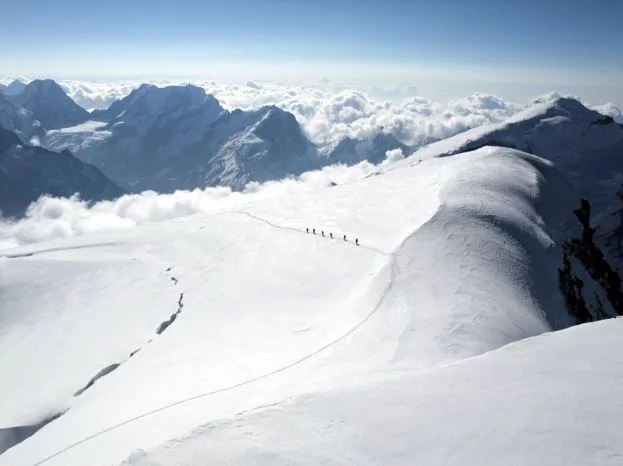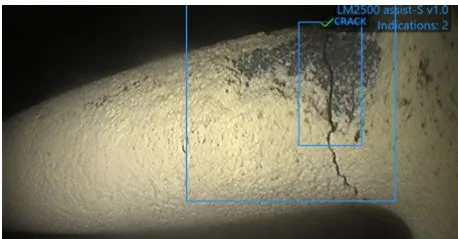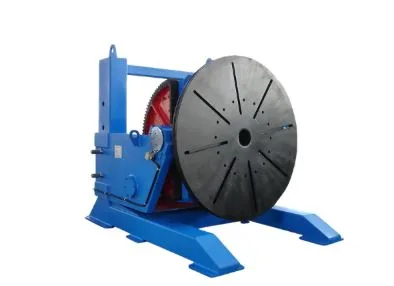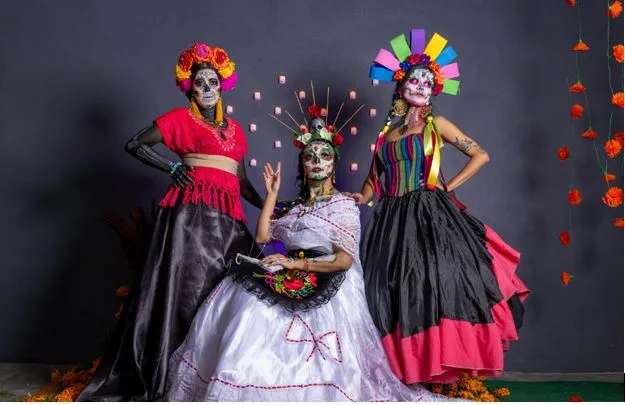Best Time to Climb Mera Peak: Seasonal Weather & Conditions
Mera Peak is the tallest trekking peak in Nepal and is a dream trip for adventure enthusiasts, reaching a height of 6,476 meters. It also pays off to reach its peak, as the top offers a panoramic view of five of the tallest mountains in the world, Everest, Lhotse, Makalu and Cho Oyu, and Kanchenjunga.
Mera Peak is frequently referred to as the ideal Himalayan climbing Mountain for trekkers needing all the high-altitude experience without any complicated mountaineering technicalities. It is a favourite among the people who want to challenge themselves because of its fewer people on the trails and beautiful glaciers.
It is important, however, to know when to climb Mera Peak to have a safe and memorable vacation. The Himalayas’ Weather may change rapidly, altering access over the trails, the prospects of reaching the summit, and even the flights to Lukla.
In this guide, find out what the advantages and disadvantages of each climbing season are, the general Mera Peak weather, and the conditions you should be aware of. It might seem obvious or unnecessary to tell you to do your planning, to plan the season that you are dreaming of, clear summer skies or the clear autumn air, but that is your first step to stand on this iconic peak.
Overview of Mera Peak
The mountain Mera Peak is magnificent and stands tall in the core of the Makalu Barun National Park, which is distant and beautiful in the eastern part of Nepal. About 6476 m (21,247 ft), it is considered the tallest trekking mountain within Nepal and gives a spiked flavor of the Himalayan mountaineering.
This mountain is suitable for those trekkers who are well fit and possess simple mountaineering experience and desire to challenge themselves at high altitudes. It is technically not a great challenge compared to most other peaks of the Himalaya, though the climb involves glacier travel and some use of ropes.
On the way, the travellers meet gorgeous rhododendron forests, remote villages, and striking alpine vistas. Being on the top of Mera Peak will take you to one of the best panoramas of the whole Himalaya, all worth the challenge, as this experience will be once in a lifetime experience once prepared and trained properly and choose the best time of the year to climb.
Factors that Affect the Best Time to Climb
The most appropriate time to ascend to Mera Peak is not only identified by the warm and sunny days, but also by clear days. Some essential factors determine the time you ought to go on an adventure.
The greatest factor is weather and temperature. It will also mean safer climbs as well as fewer delays and a decrease in high-altitude storms. The nights get extremely cold, and temperatures may fall much below the freezing point; that is why milder seasons matter.
The conditions of snow and glaciers are also of importance. New snow may conceal crevasses and increase the route’s danger. Snow during the right season is more solid and is handled easily by climbers.
Clarity of the sky means improved vision of the mountains, which explains why spring and autumn are sought after. Nobody would like to move up the mountain and realize that it is surrounded by misty clouds.
Followers and fame are too different. There are great numbers of trekkers during peak seasons, and therefore some prefer quiet months in order to have a peaceful trek.
Lastly, look at the weather conditions in Lukla, which is the access point to Mera Peak. Weather can be a major factor delaying flights, especially during rainy seasons, and thus, the choice of a clear season should be made to evade the headaches of flight delays.
Peak Climbing Seasons
Spring (March–May) — Prime Season
Spring is widely considered the best time to climb Mera Peak, and for good reason. From March to May, the Himalayas wake up from winter’s grip, bringing stable weather, longer daylight hours, and excellent visibility. This is the season when nature puts on a show — rhododendrons bloom along the lower trails, adding bursts of colour to your journey.
Temperatures in spring are milder compared to winter, especially at lower altitudes. Days are pleasantly warm for trekking, while nights at high camps can still dip well below freezing. Snow conditions on the glacier are usually reliable, with fewer chances of heavy fresh snow blocking the route.
However, because it’s such an ideal window, spring is also the busiest time to climb Mera Peak. Expect more climbers on the trail and at base camps. This can push up the cost for flights, guides, and teahouse stays. Still, the trade-off is worth it for clear skies, safer glacier travel, and breathtaking Himalayan views. If you want the best chance of summiting Mera Peak, spring is the season to aim for.
Autumn (September–November) — Another Ideal Window
May and Jun are regarded as the optimal months to climb the Mera Peak, and, indeed, there are solid reasons. The Himalayas emerge from their winter slumber in March-May, turning the weather predictable with longer days and clear skies. It is the season when nature performs – rhododendrons along the lower trails sprout with clouds of colours to enhance your journey.
The spring temperatures are not as severe as those in winter, and they are milder at lower altitudes. Trekking days are sunny and very comfortable, whereas nights in the higher camps can easily reach below freezing. Weather and snow conditions on the glacier are normally fairly good, allowing less risk of heavy fresh snow cutting the route.
Nevertheless, due to the greatness of being that ideal window, spring is the busiest period to climb the Mera Peak. There will also be a flood of climbers on the trail and base camps. This may increase the price of flights, guides, and stays in teahouses.
Nevertheless, this exchange is worth it simply because the sky is clear, safer climbing on the glacier, and spectacular views of the Himalayas. Spring is the time of year to target to have a great opportunity to reach the top of Mera Peak.
Winter (December–February) — Only for the Brave
It is possible to climb Mera Peak in winter, but not everyone can do it. In December and February, the Himalayas become punishing. The temperatures get as low as several degrees, even during daytime at higher elevations. The nightfall is very cold, and you will need the best winter clothing and mental fortitude.
The more difficult part is the glacier crossing, heavy snow and icy conditions make it more challenging and hazardous. Winds get fiercer, which may promote frostbite and make this experience unpleasant on the summit pushes. Still, there is one big positive aspect to winter: breathtakingly clear skies. The bone-dry, cold air occasionally translates to superb visibility and the colourful sunrise and sunset that are nearly assured.
Few ice climbers challenge Mera Peak during winter; thus, the paths are not hectic. The winter can provide an elite challenge to the experienced trekker who requires solitude and possesses the expertise to handle extreme cold and deep snow. Though a novice or one unfamiliar with winter mountaineering should consider safer seasons.
Monsoon/Summer (June–August) — Not Recommended
Disputing the winter, the monsoon season takes over Nepal in the summer. The months of June to August are rainy and have wet routes and often face landslides in Mera Peak and its routes. The journey is not rewarded with the amazing views that travellers go there to see, because thick clouds mostly occlude them.
The glacier becomes hazardous as well during wet conditions. The probability of crevasses, avalanches and rock falls is higher with nonstop snowmelt. Due to bad weather, flights to Lukla can easily be delayed or cancelled, affecting strict schedules and costing additional money.
It is on these grounds that the majority of guides highly discourage treks in Mera Peak during the rainy season. This could be a very wet and unpredictable season; you are better off avoiding it and choosing another time with safer weather and clearer skies unless you have no other possibility.
How to Decide the Right Time for You
The best time to climb the Mera Peak varies depending on your experience, budget, and a form of adventure you are seeking. Spring and autumn are the safest seasons to trek, especially when it is your first experience of hiking at high altitudes or you wish to have a more comfortable climb. These seasons provide basic weather conditions and decent snow conditions, which are ideal for the non-experienced climbers.
Your financial ability also counts. More trekkers visit during the peak seasons and thus flight tickets, guides, and accommodation might be more expensive. Winter may be a choice, although you will not have a lot of company, unless you are well prepared and otherwise experienced technically.
The flights to Lukla are always to be booked with flexibility in mind. The flights may also be postponed or canceled due to bad weather at any time of the year, and this bad weather may cause you a lot of stress and unspent expenses, so you should add several days to your trip.
Finally, decide between your abilities, finances and adventure levels. The Himalayas can be surprising, and the season you opt to climb is what makes everything different, that will be unforgettable and safe.
Final Tips & Practical Advice
The last thing you want to do before heading to Mera Peak is to ensure that you see the up-to-date weather forecasts. The weather pattern alters quickly at high altitude; therefore, it is very essential to be aware.
Bring right clothing to the season you select. Winter will also need additional warm clothing, but spring and autumn will also need high-quality sleeping bags, down jackets, and glacier equipment.
It is safe to employ local porters and guides and it benefits the local community. They are essential regarding their knowledge of the route and weather.
Lastly, ensure that you are well insured as far as travelling to a high-altitude trek and any delays abroad. It is always good to have a few extra days to spare just in case of cancellations of flights or weather condition changes in your schedule.
Conclusion
For most trekkers, spring and autumn are the best seasons to climb Mera Peak. They offer the right balance of safety, clear views, and reliable conditions. With careful planning and the right gear, you’ll be ready to stand atop Nepal’s highest trekking peak and create memories you’ll never forget. Safe climbs and clear skies await!
Reference: Life Himalaya Trekking






